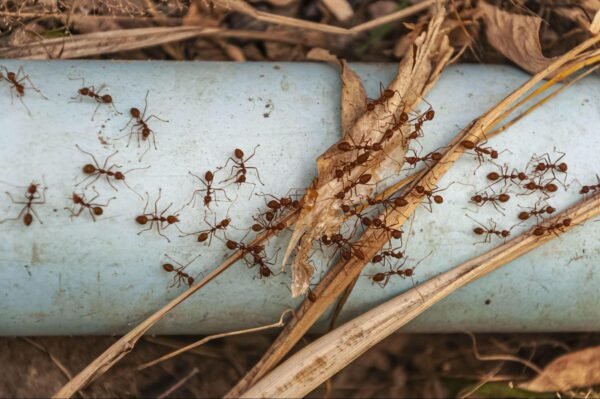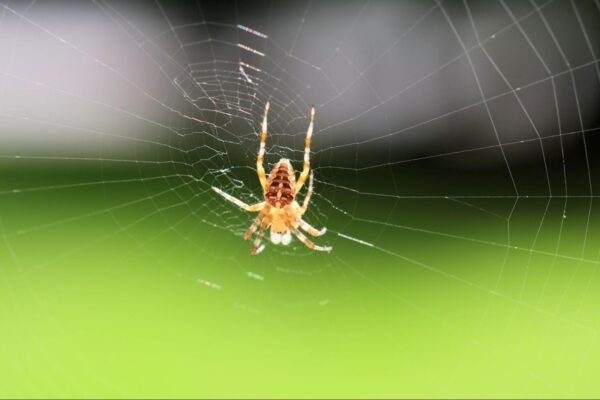A comfortable home depends heavily on a reliable heating and cooling system. Most people notice their HVAC equipment only when indoor temperatures become uncomfortable or when unusual sounds occur. However, regular professional maintenance plays a far more important role than simply fixing problems when they occur. It helps keep the system operating efficiently, preserves indoor air quality, and prevents unexpected breakdowns during peak seasons.
Homeowners often handle small tasks like changing filters or clearing vents, but a deeper inspection requires trained expertise. This is where working with a trusted HVAC company in Lincoln, CA, becomes valuable: regular professional care helps identify issues well before they affect your comfort.
Professional maintenance keeps your system balanced, stable, and ready for year-round use. It also ensures that components aging behind the scenes receive timely attention rather than being pushed until failure. Many homeowners in Lincoln, CA, turn to an HVAC company for seasonal tune-ups because this proactive approach reduces stress, improves performance, and saves money over time.
Below are the key reasons why your home truly benefits from professional HVAC maintenance
1. Improved Energy Efficiency
HVAC systems naturally lose efficiency over time as dust collects, parts wear down, and airflow changes. Even small issues—such as a loose connection or low refrigerant level—can cause the system to work harder than necessary. This increased strain often results in higher energy bills and uneven temperature control.
Professional maintenance includes cleaning internal components, checking electrical connections, and ensuring the system is running at the correct capacity. When everything functions as intended, the system uses less energy and maintains temperature more consistently. This reduces utility costs and wear on equipment throughout the year.
2. Better Indoor Air Quality
Your home’s air quality is closely tied to your HVAC system’s performance. Dust, pollen, pet dander, and other particles accumulate inside ducts and components, eventually circulating
throughout your living spaces. Over time, this buildup can cause respiratory issues, allergies, or general discomfort.
Professional technicians inspect and clean components that homeowners typically don’t access, such as internal coils or the blower assembly. They also check for mould growth or excess moisture that may contribute to poor air quality. By keeping the system clean, the air circulating in your home becomes fresher and healthier for everyone.
3. Fewer Breakdowns and Unexpected Repairs
A system that is not regularly maintained is much more likely to fail when you need it most—usually during the hottest days of summer or the coldest nights of winter. Professional maintenance helps detect early signs of trouble, such as worn belts, blocked coils, or weakening electrical components.
Catching these issues early prevents them from escalating into larger problems that may require costly repairs or a complete system replacement. Regular check-ups provide peace of mind and help your system operate smoothly in extreme temperatures.
4. Longer System Lifespan
HVAC systems are long-term investments, and homeowners naturally want to get as many reliable years out of them as possible. A well-maintained system lasts significantly longer than one that receives little attention. Dust buildup, restricted airflow, and neglected components speed up wear and tear.
Professional care ensures your system operates under optimal conditions, reducing unnecessary strain on the motor, fan, and other internal components. This not only extends the unit’s lifespan but also helps maintain consistent performance over those years.
5. Stable and Consistent Comfort
A well-maintained system handles temperature changes more effectively. Rooms stay evenly cooled or heated, and the system responds smoothly to thermostat adjustments. Without maintenance, you may begin to notice uneven temperatures, frequent cycling, or unexpected shifts in indoor climate.
Technicians calibrate the thermostat, test airflow, and assess system response times to ensure your home stays comfortable. This level of reliability is difficult to achieve without periodic professional inspection.
6. Safety and Peace of Mind
HVAC systems involve electrical wiring, motors, fuel sources, and combustion processes. If any component malfunctions, safety issues may arise. Gas leaks, overheating parts, or wiring problems can pose serious risks if left unaddressed.
Professional maintenance includes safety checks that identify potential hazards early. Technicians inspect heat exchangers for cracks, inspect wiring, and verify that all safety controls are functioning correctly. These steps reduce risks and help homeowners feel confident about the safety of their systems.
7. Better Performance During Seasonal Peaks
Extreme weather puts the most stress on HVAC systems. Homeowners often rely on professional maintenance before summer heat waves or winter cold spells to ensure equipment is ready for heavy use. Without proper preparation, systems may struggle to meet demand, resulting in disruptions and potential shutdowns.
Seasonal tune-ups help professionals assess whether your HVAC system can handle upcoming weather conditions. They can make adjustments, replace critical components, and confirm the system is operating at full capacity.
8. Lower Overall Costs Over Time
Maintenance may seem like an additional expense, but it actually lowers your total HVAC costs. Improved efficiency, fewer repairs, and longer equipment life all contribute to long-term savings. Emergency repairs and premature system replacements are far more expensive than routine inspections.
A maintained HVAC system also keeps energy bills more predictable. When equipment runs efficiently, it avoids sudden spikes caused by overworked components.
9. A More Environmentally Responsible Home
An efficient HVAC system uses less energy, reducing your household’s environmental impact. When components operate smoothly, the system doesn’t consume excessive electricity or fuel. Regular maintenance supports this efficiency, helping homeowners reduce waste and operate their systems more sustainably.
Technicians also ensure refrigerants and other materials are handled safely and responsibly, protecting both your home and the environment.
Conclusion
Professional HVAC maintenance is not just a helpful extra—it is an essential part of keeping your home comfortable, efficient, and safe. While simple tasks can be handled at home, trained technicians provide deeper insight and care that homeowners cannot achieve on their own. Routine maintenance reduces breakdowns, supports better air quality, and adds years to your system’s lifespan.
By taking a proactive approach and scheduling regular inspections, you create a more stable and reliable indoor environment for your household. This steady, consistent care ensures your HVAC system continues to perform well throughout every season, year after year.











